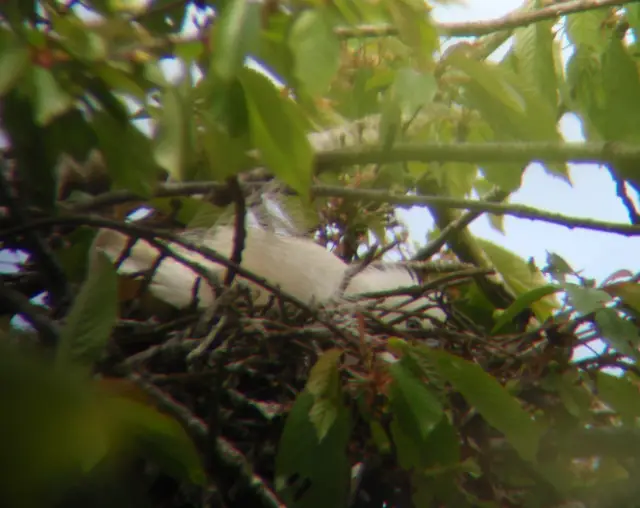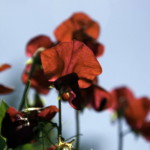This in from the RSPB, in their own words. Ed
The Isle of Wight has scored a breeding success with Little Egrets and Marsh Harriers nesting on the Island for the first time this year.
Good wetland conditions and plenty of food has meant that both species are able to breed on the RSPB reserve at Brading Marshes.
Keith Ballard, site manager at Brading Marshes, said,
“A Little Egret is nesting in an isolated copse where herons also nest. Egrets like to nest with other herons so they will have been attracted to the area.
“Both species are very secretive birds who do not tolerate disturbance, so this is an ideal place for them to raise young.”
Improvements in wetland conditions
Little Egrets started becoming more common on the south coast of the UK in the 1990s; they were first recorded as breeding in Poole Harbour in Dorset in 1996.
Keith said,
“It is brilliant and probably down to improvements in wetland conditions which have led to an increase in the fish and invertebrates which herons and little Egrets feed on.
“I have managed to take a photo through a telescope at long distance of one Little Egret on the nest. There may be more, as Little Egrets breed and nest much later than herons, so there may be more of them nesting than we are currently aware of.
“When they are in peak breeding conditions, Little Egrets, who usually have yellow feet, change colour to anything from an orangey pink to a burgundy red. There have been a few birds about like that this year.”
Nesting Marsh Harriers welcomed for the first time
Marsh Harriers have also been nesting for the first time on the Island. Last year there were many sightings of Marsh Harriers with several different birds turning up on the marshes.
A new male and female have been seen passing food to each other which is a sign of courtship. The male has a white tag on the left wing and a green tag on the right wing, and the female is untagged.
The male has been seen flying in with food in his talons. The female leaves the nesting site and goes away to eat, while the male sits on the nest for a while. The female comes back after feeding.
Keith said, “These are all signs that there may be eggs or chicks.
“It is an indicator that the wetland is in good condition and there is plenty of food available for the pair, who will eat small mammals, small birds, insects, reptiles, and frogs.”




